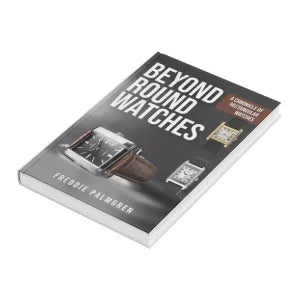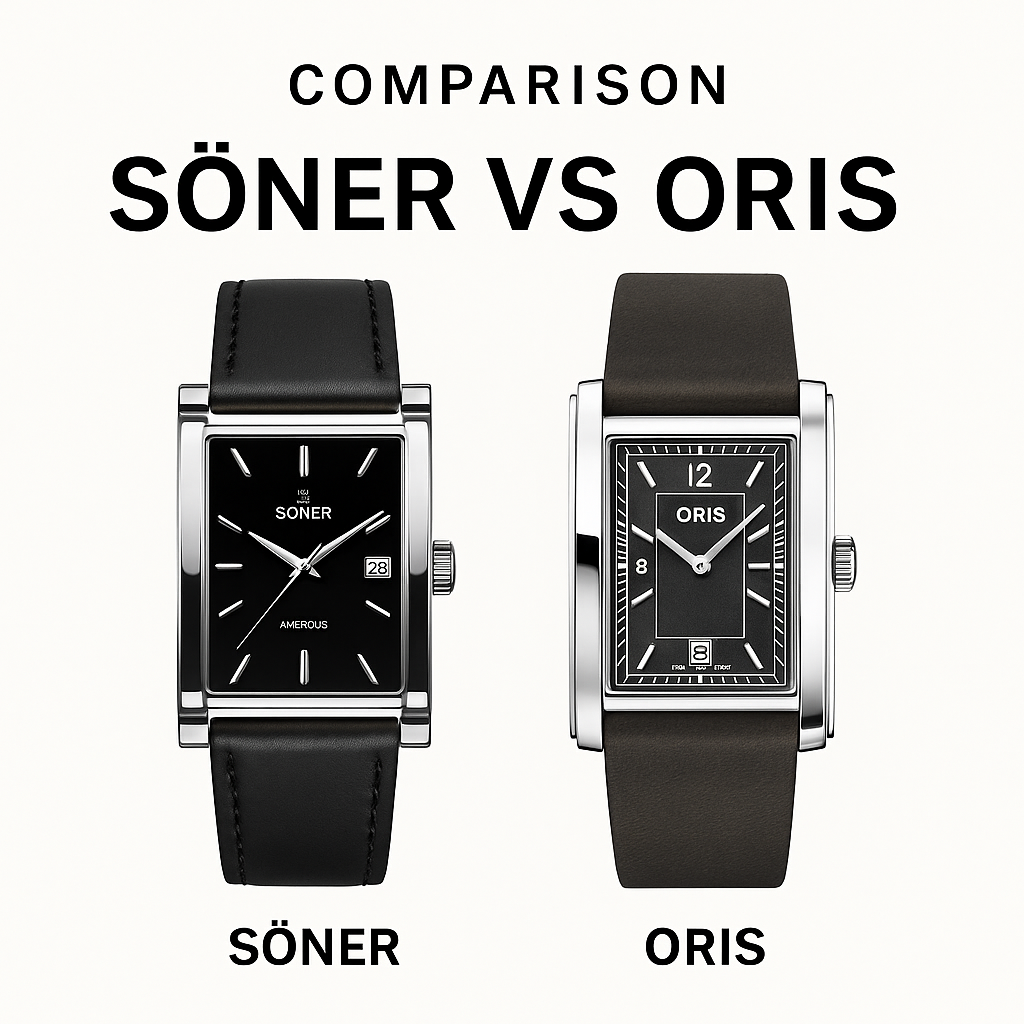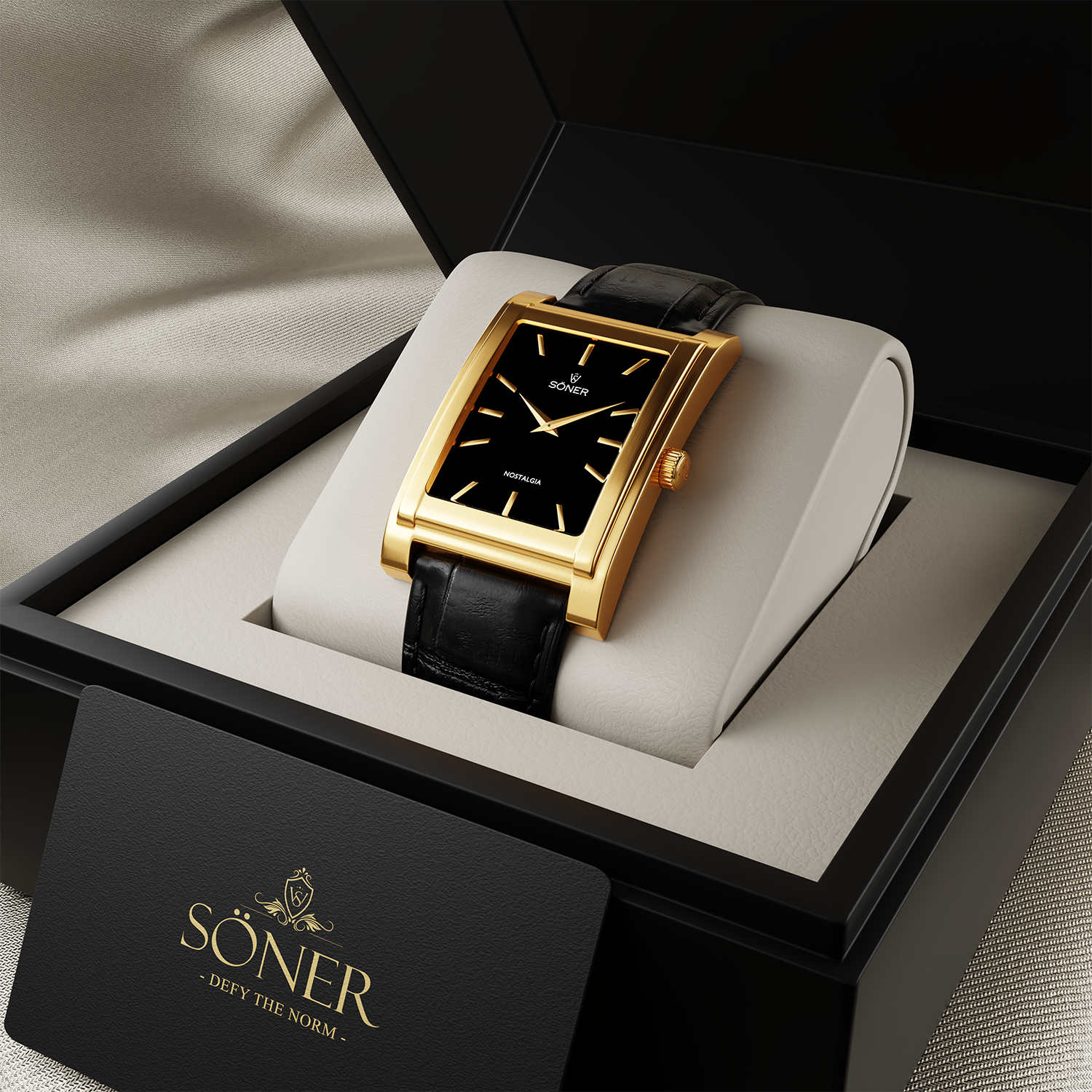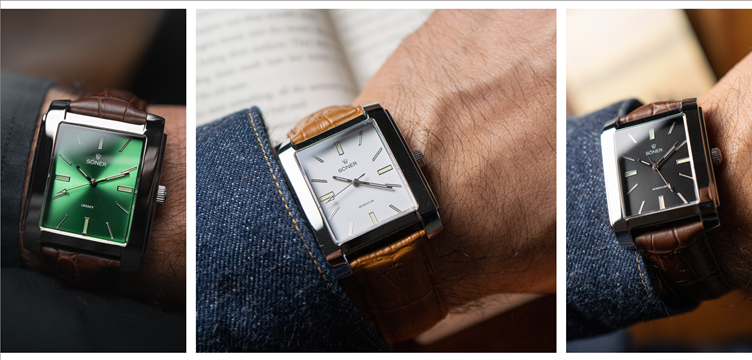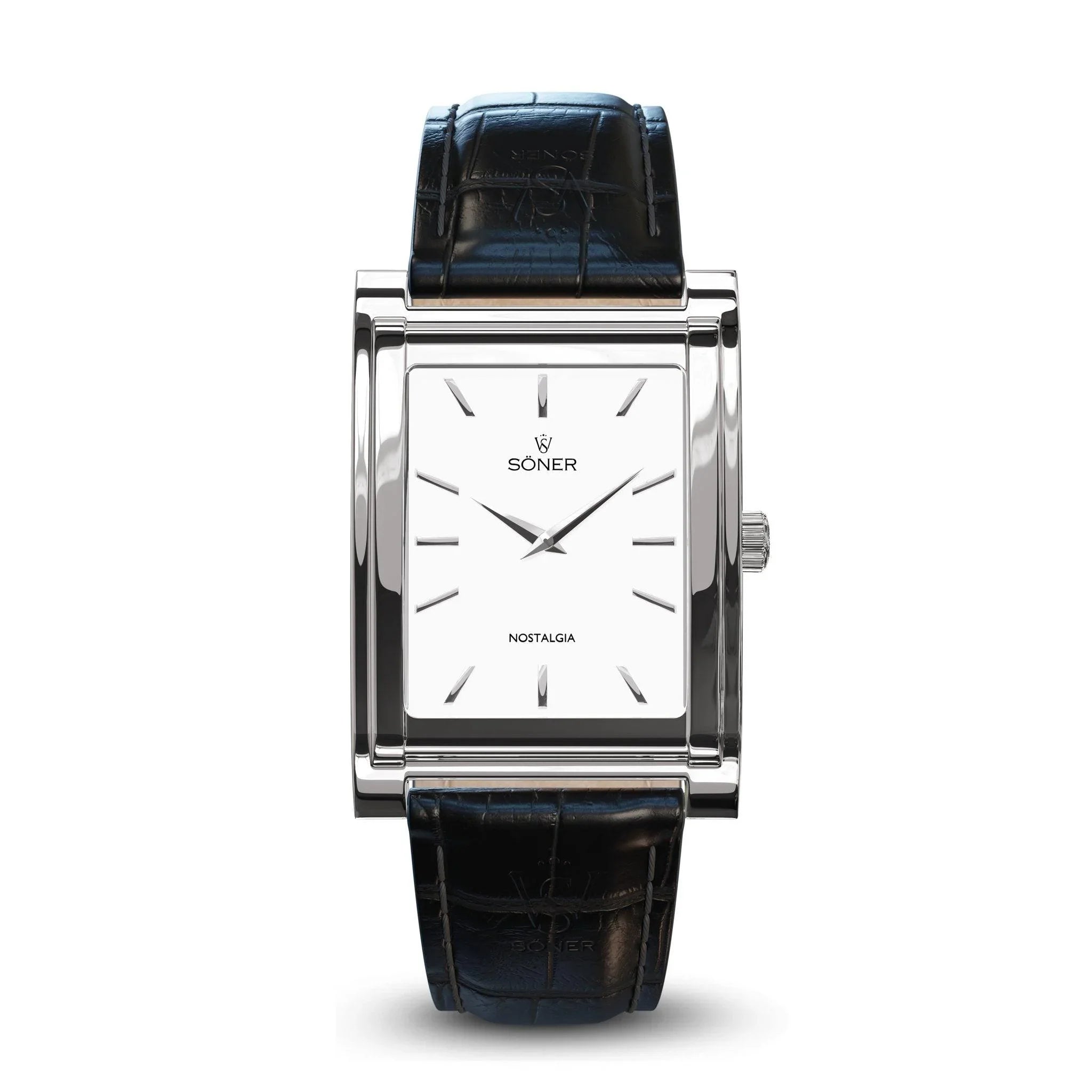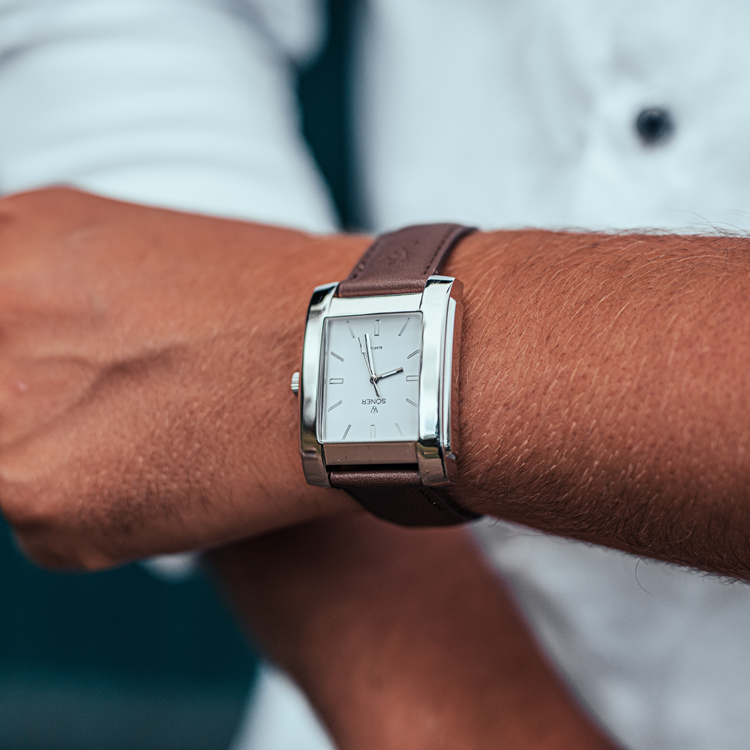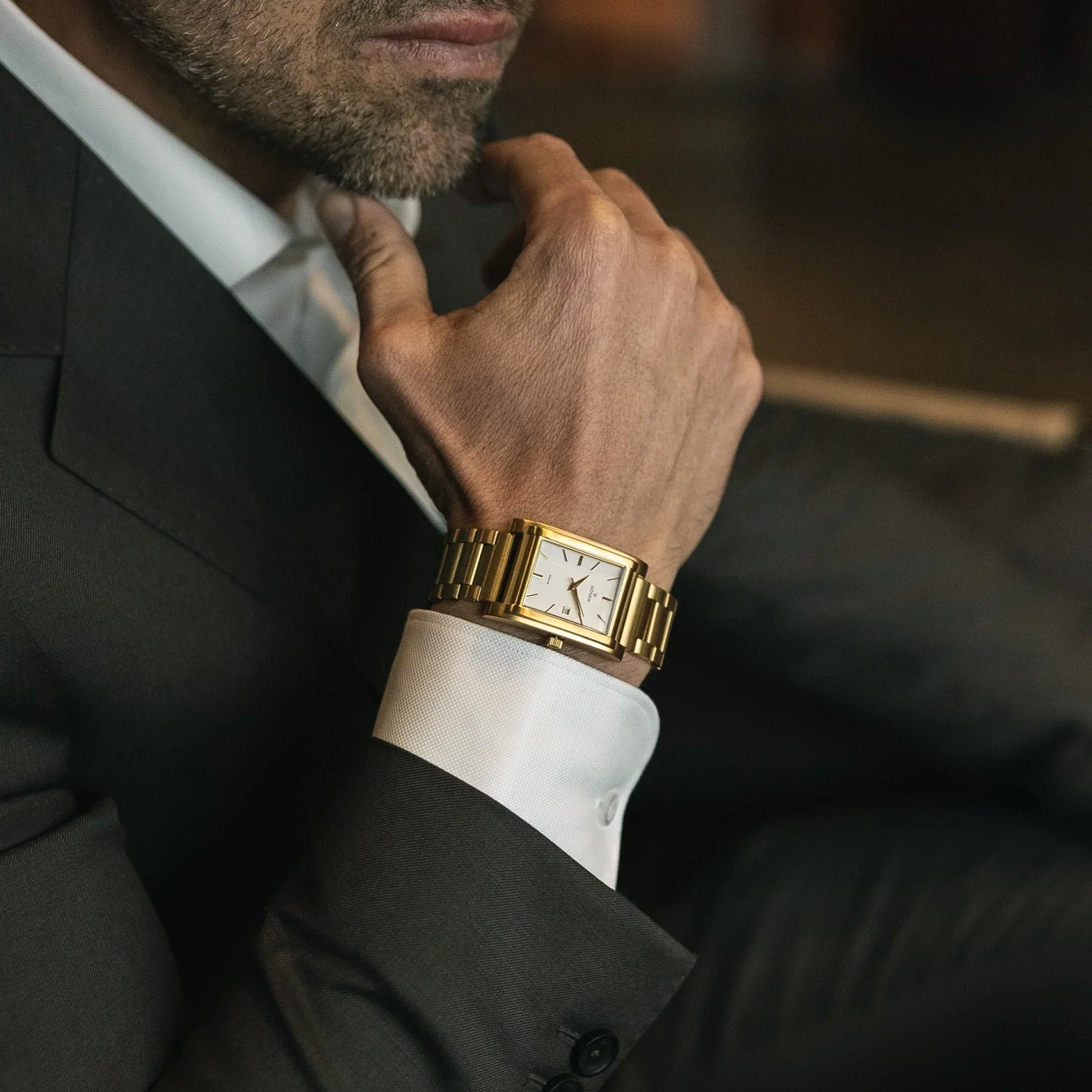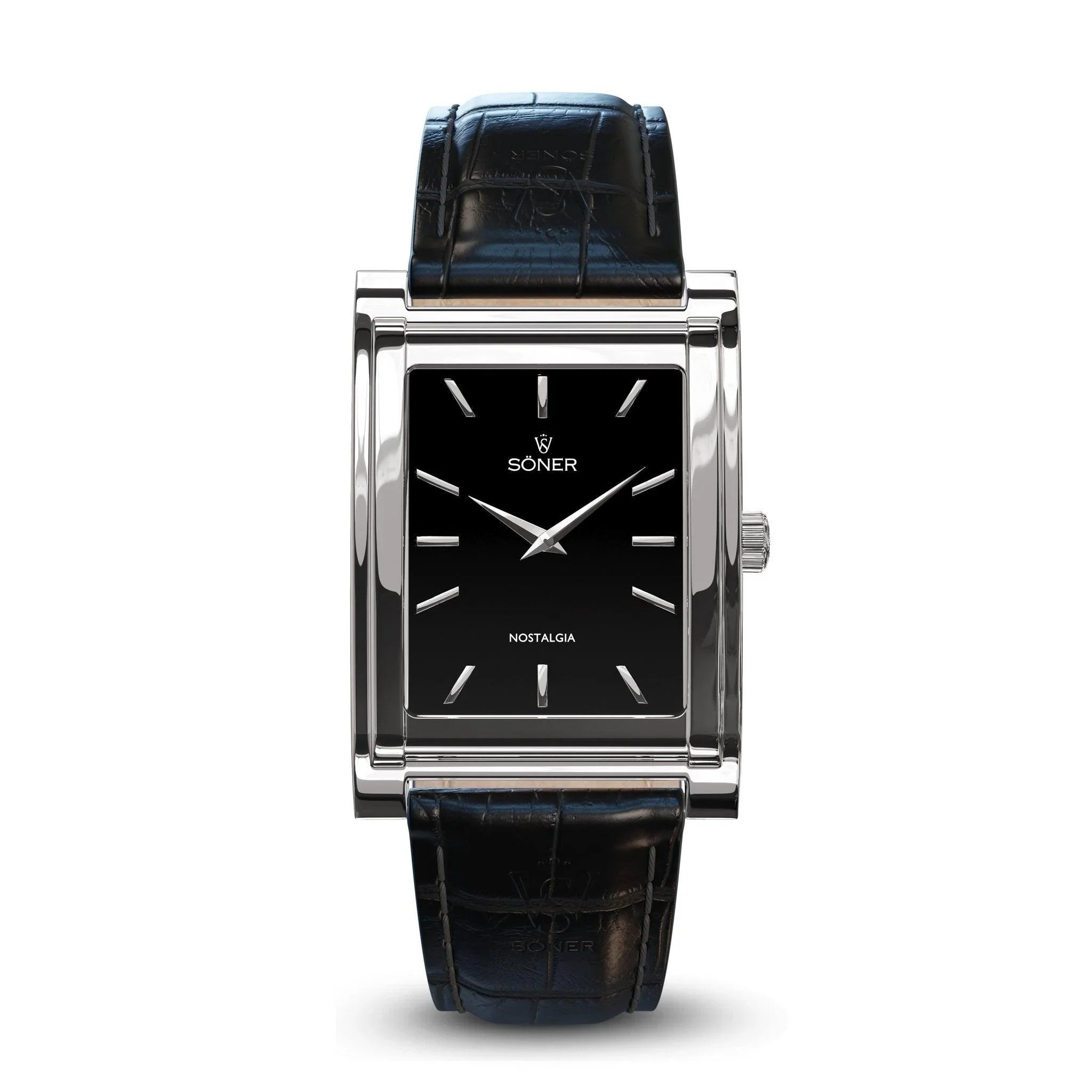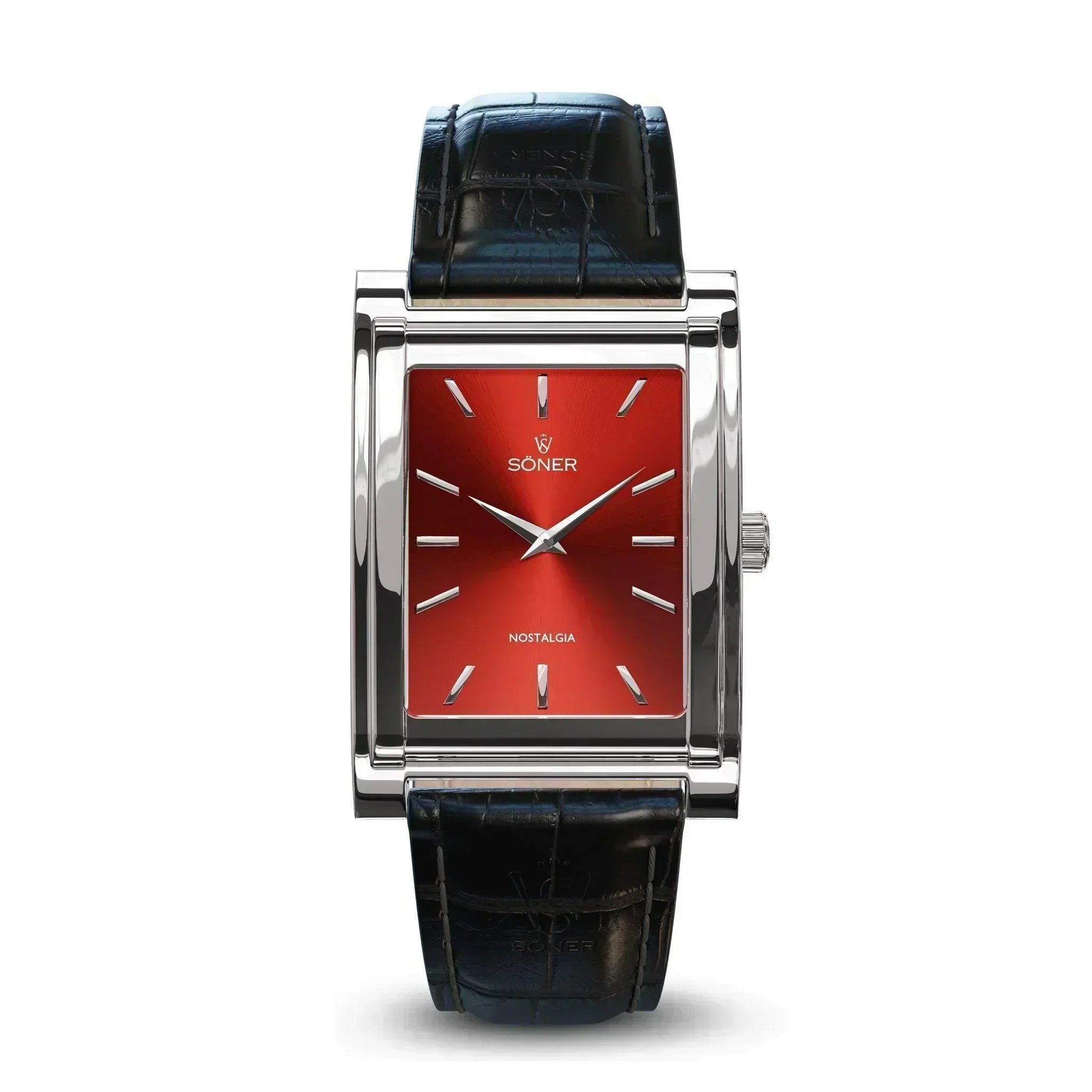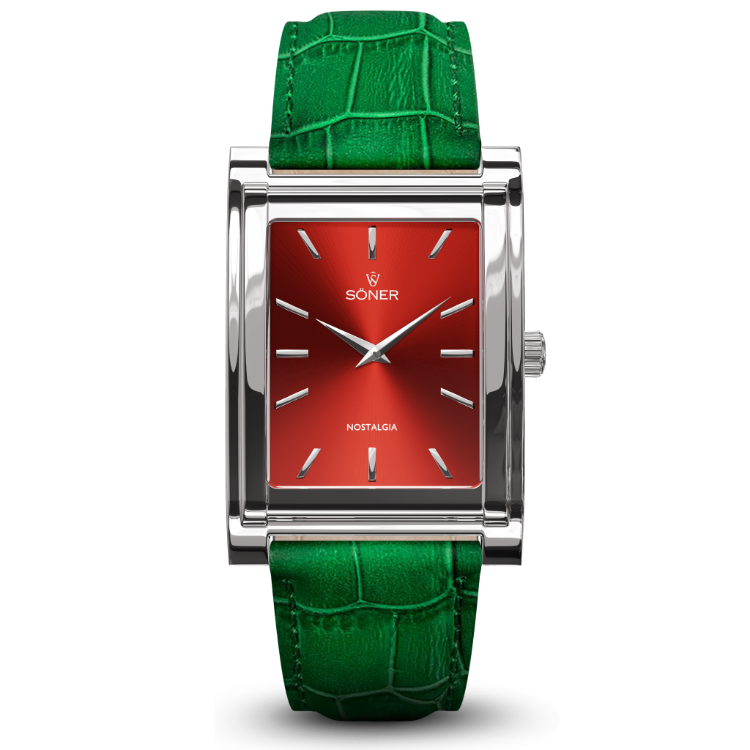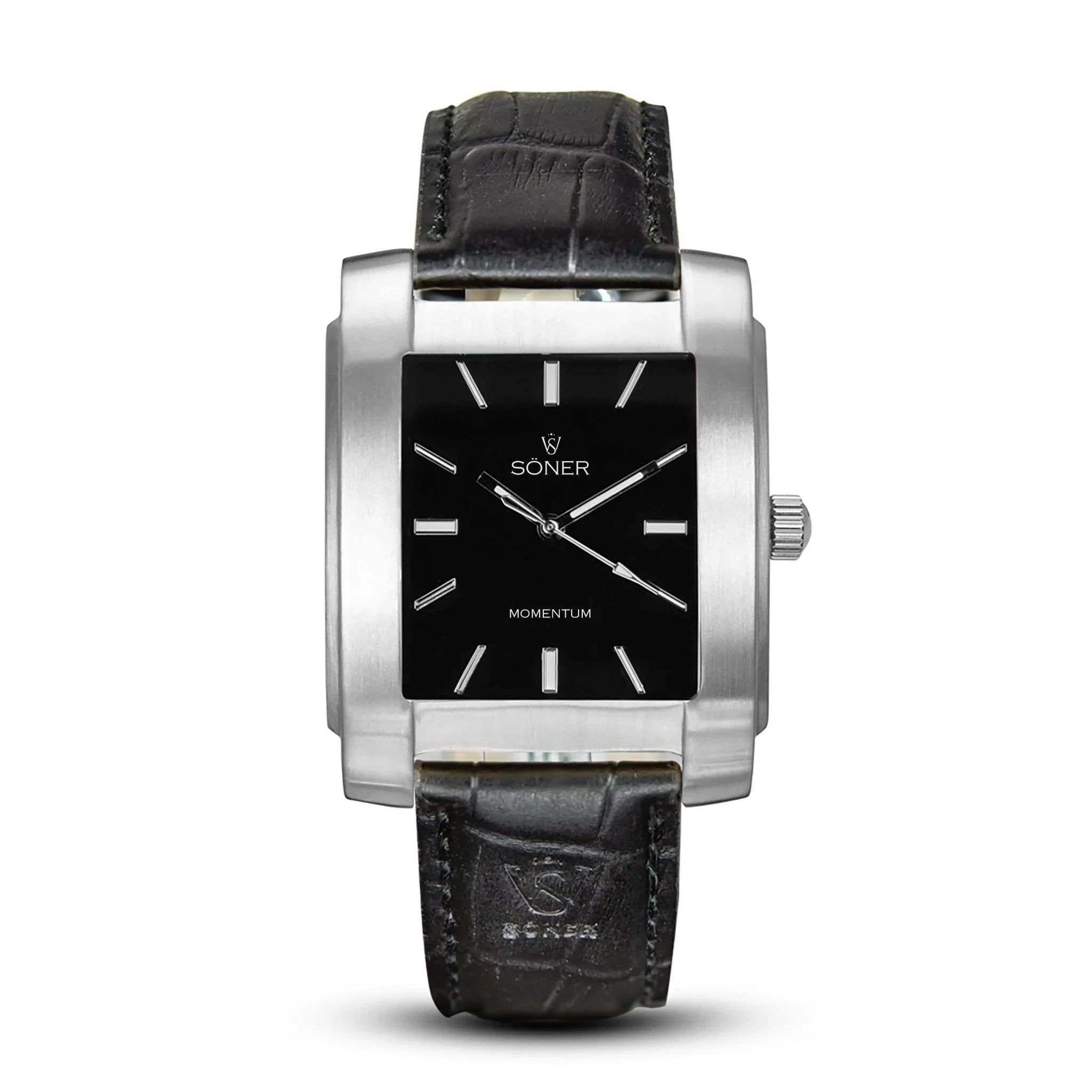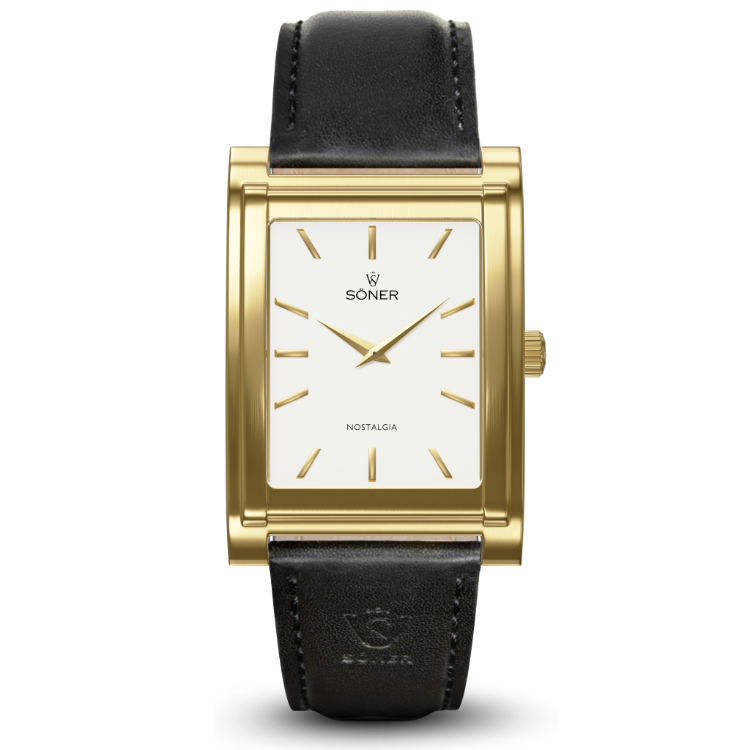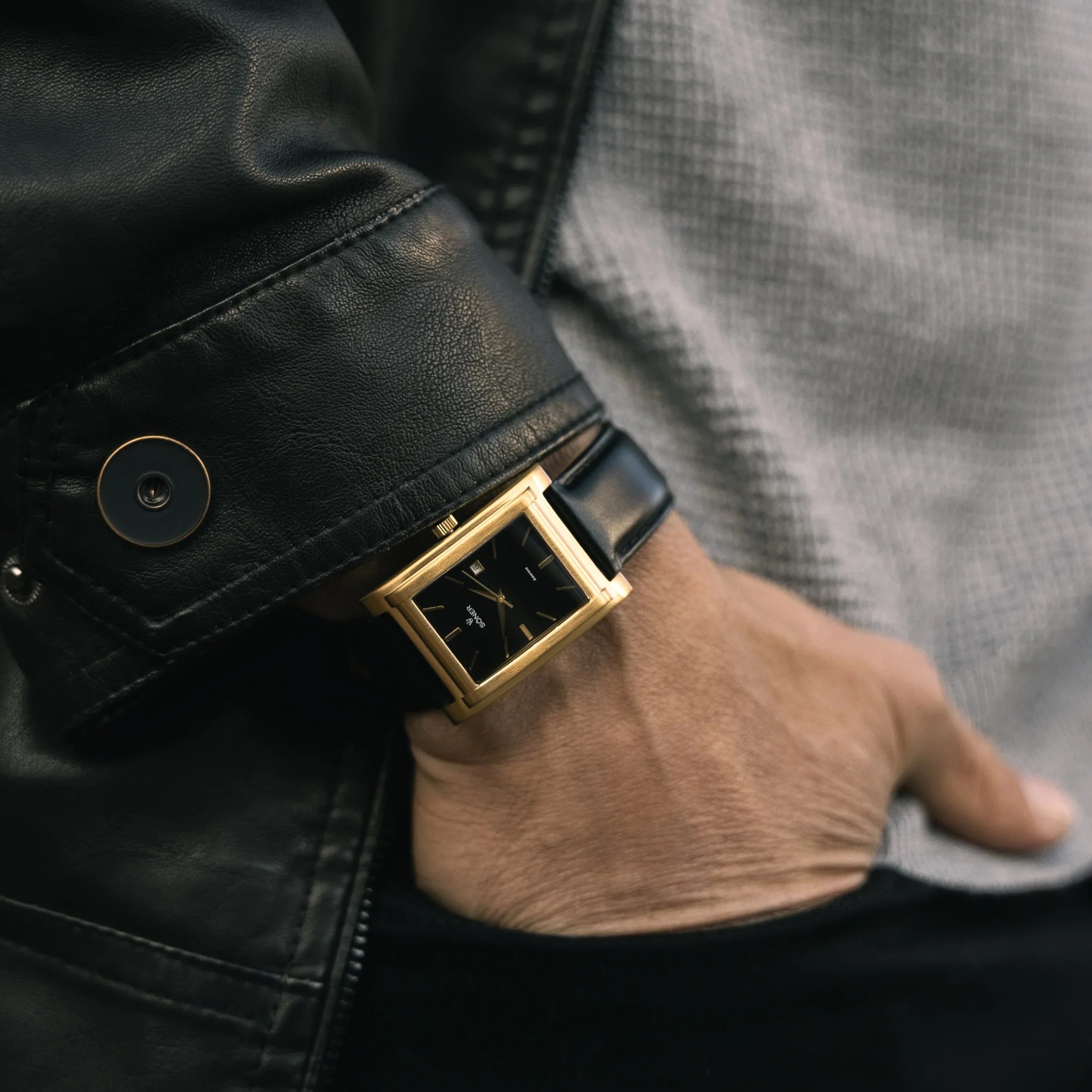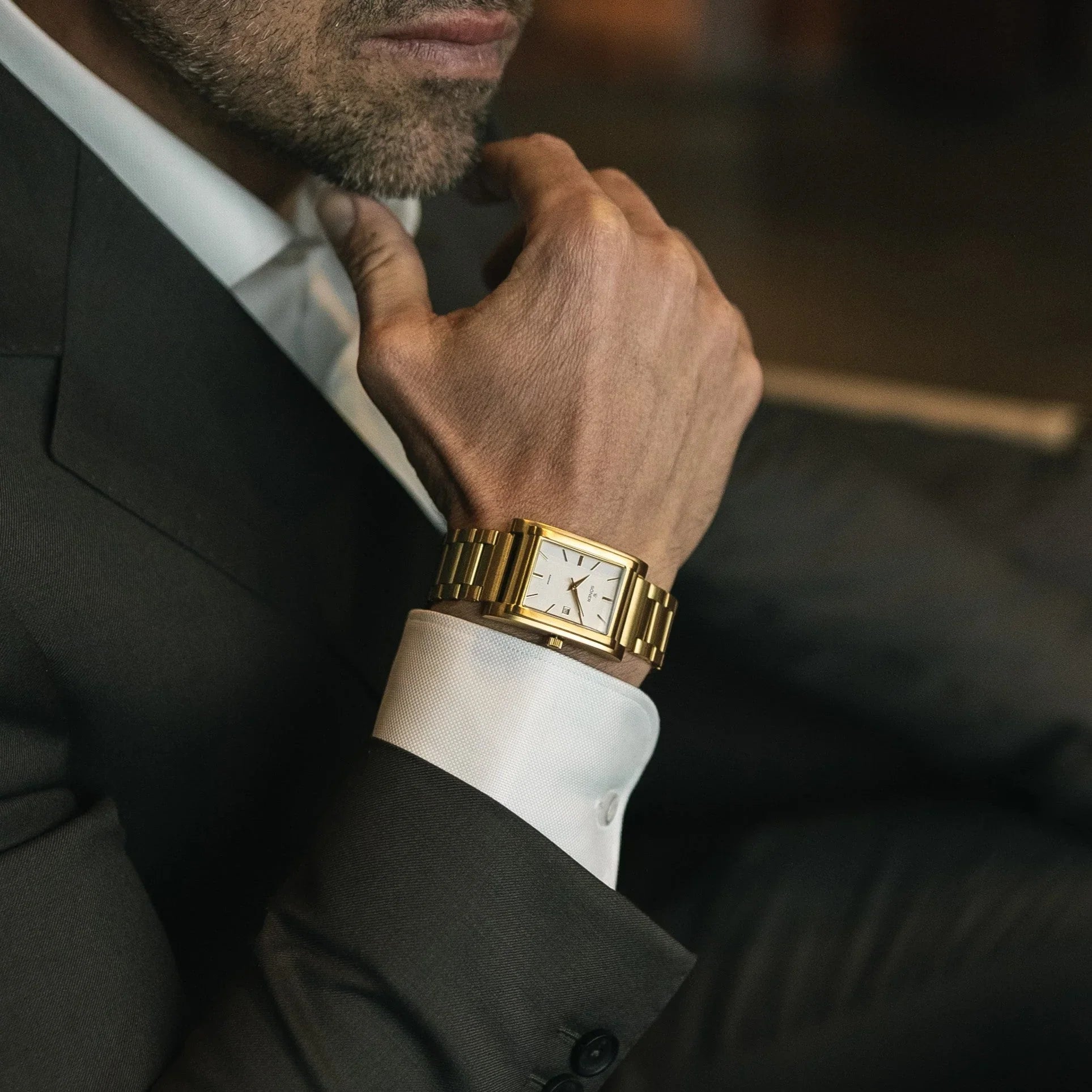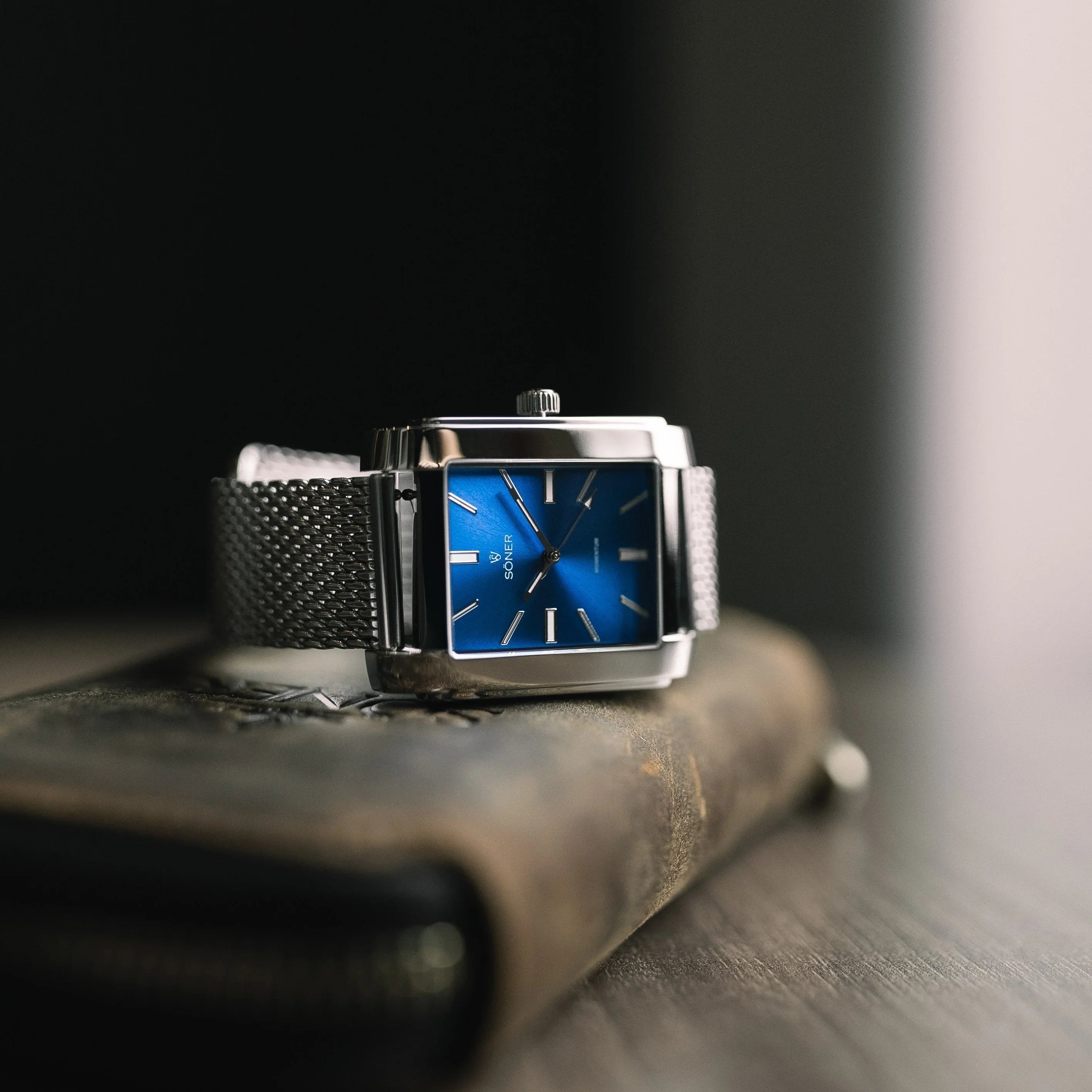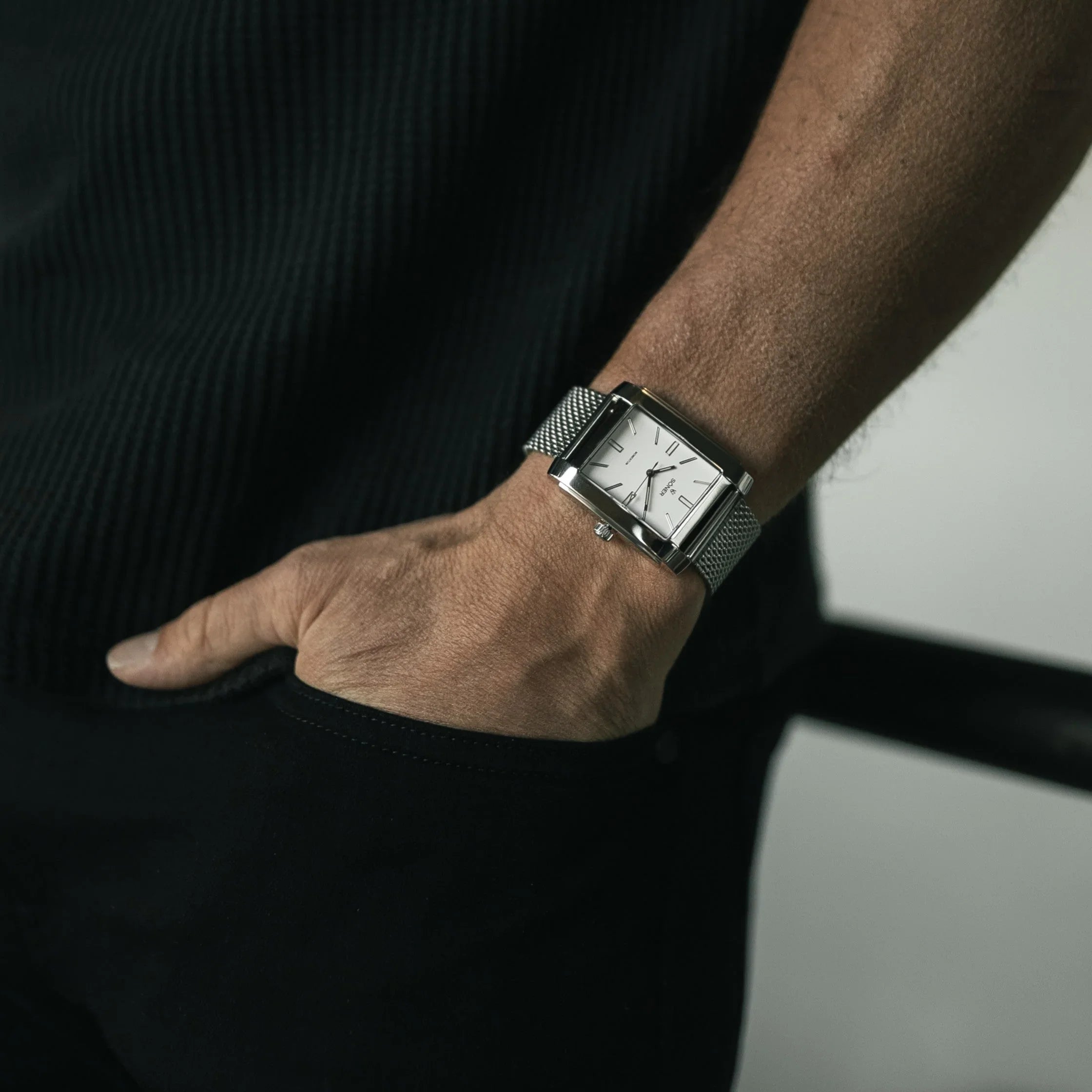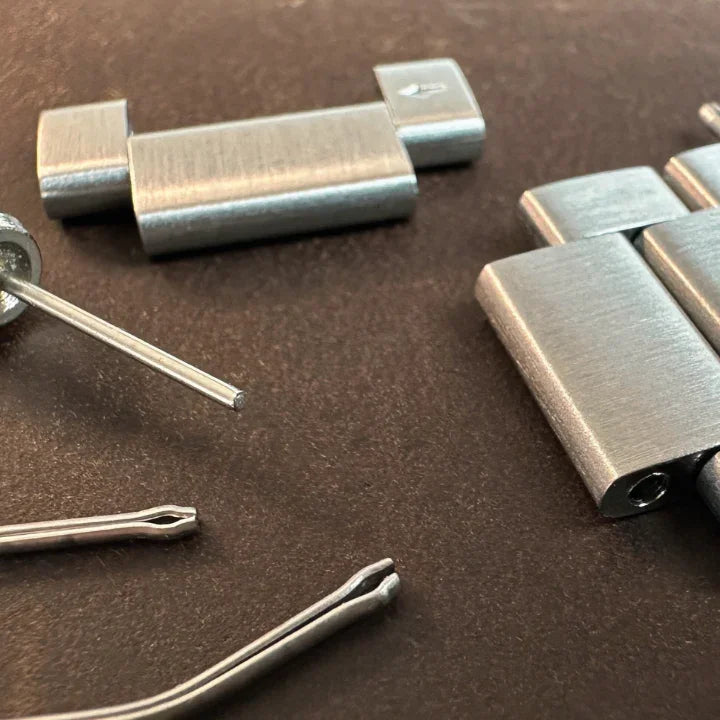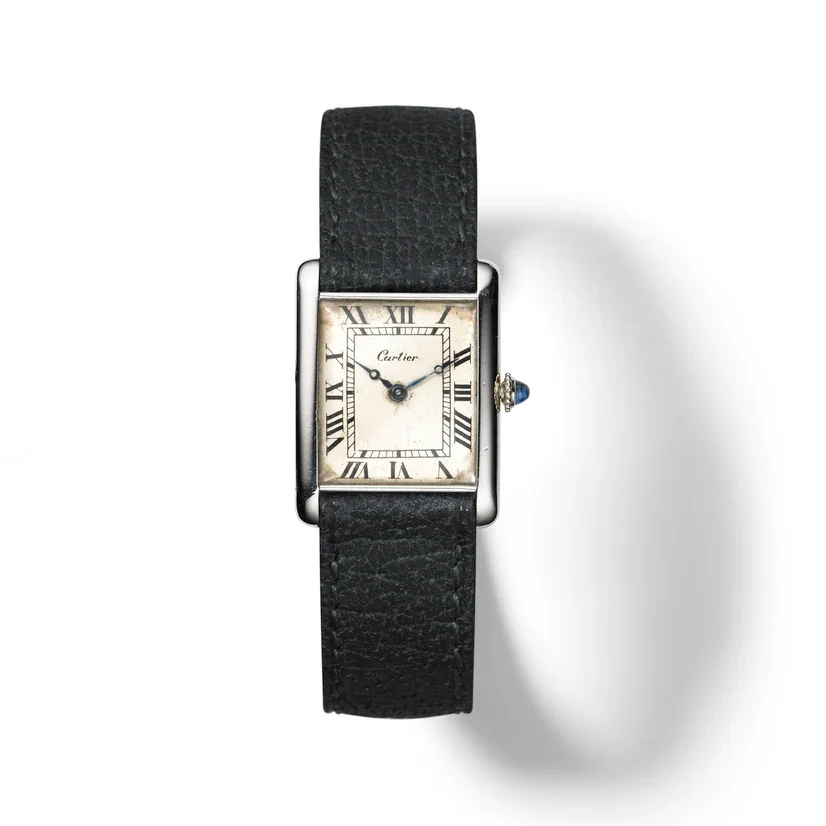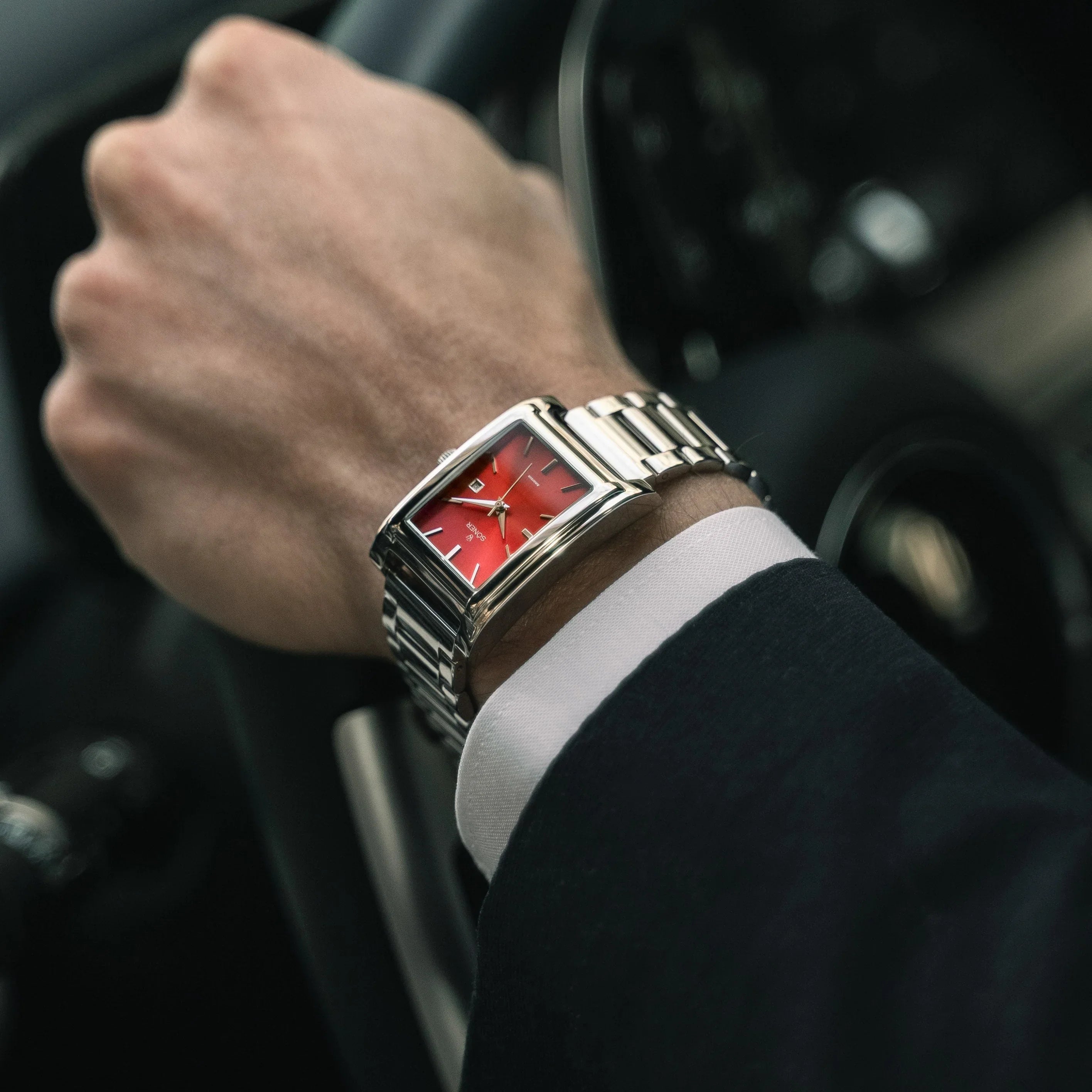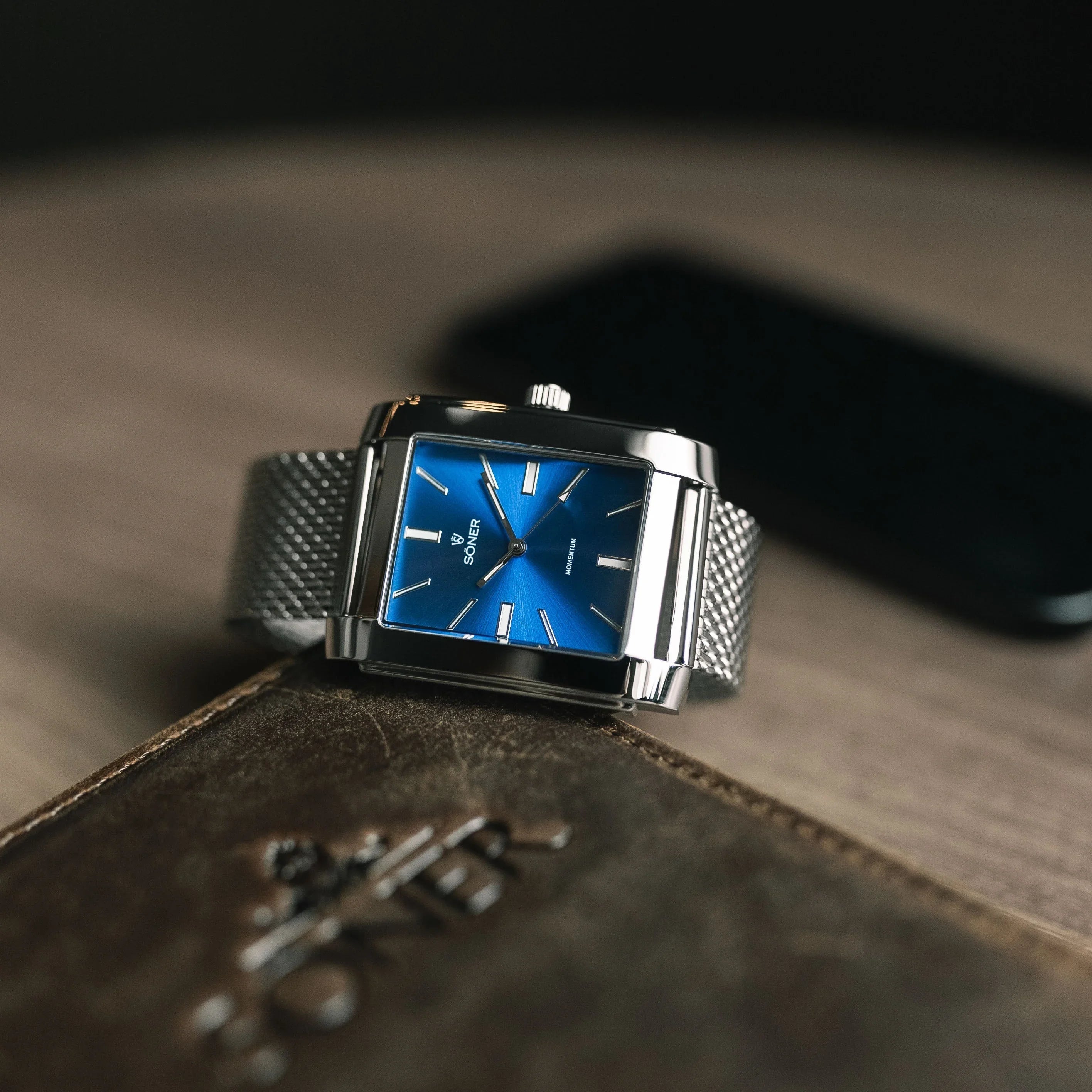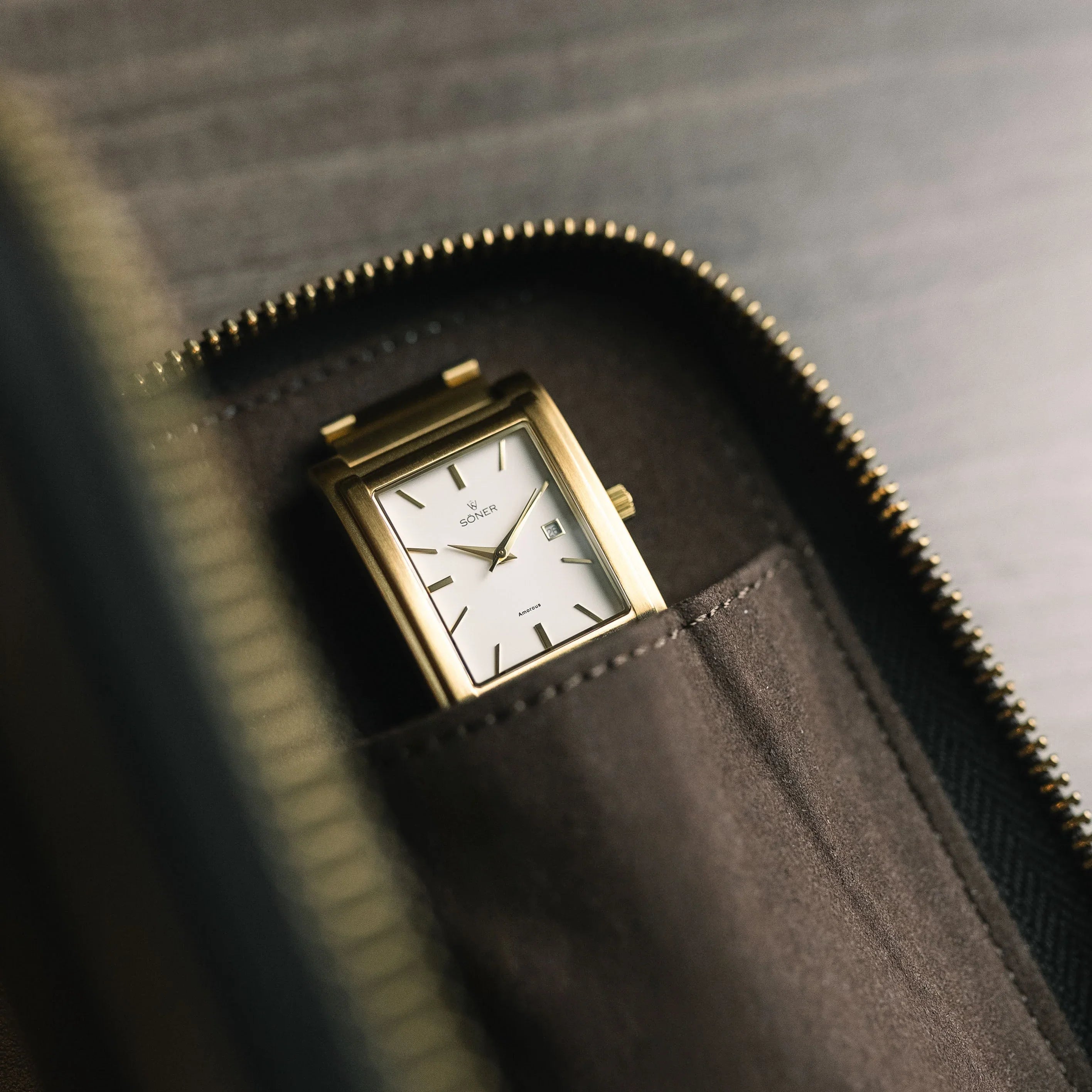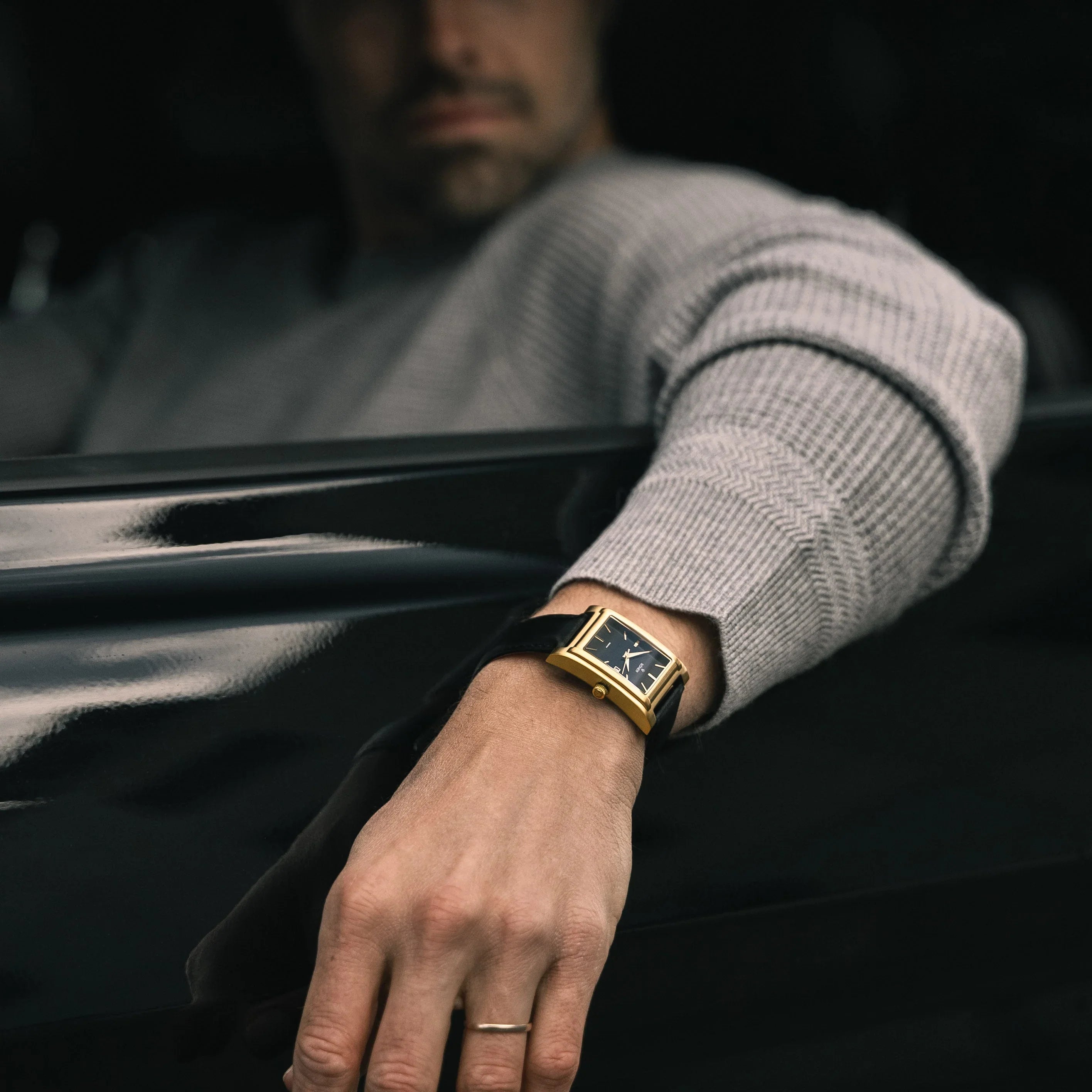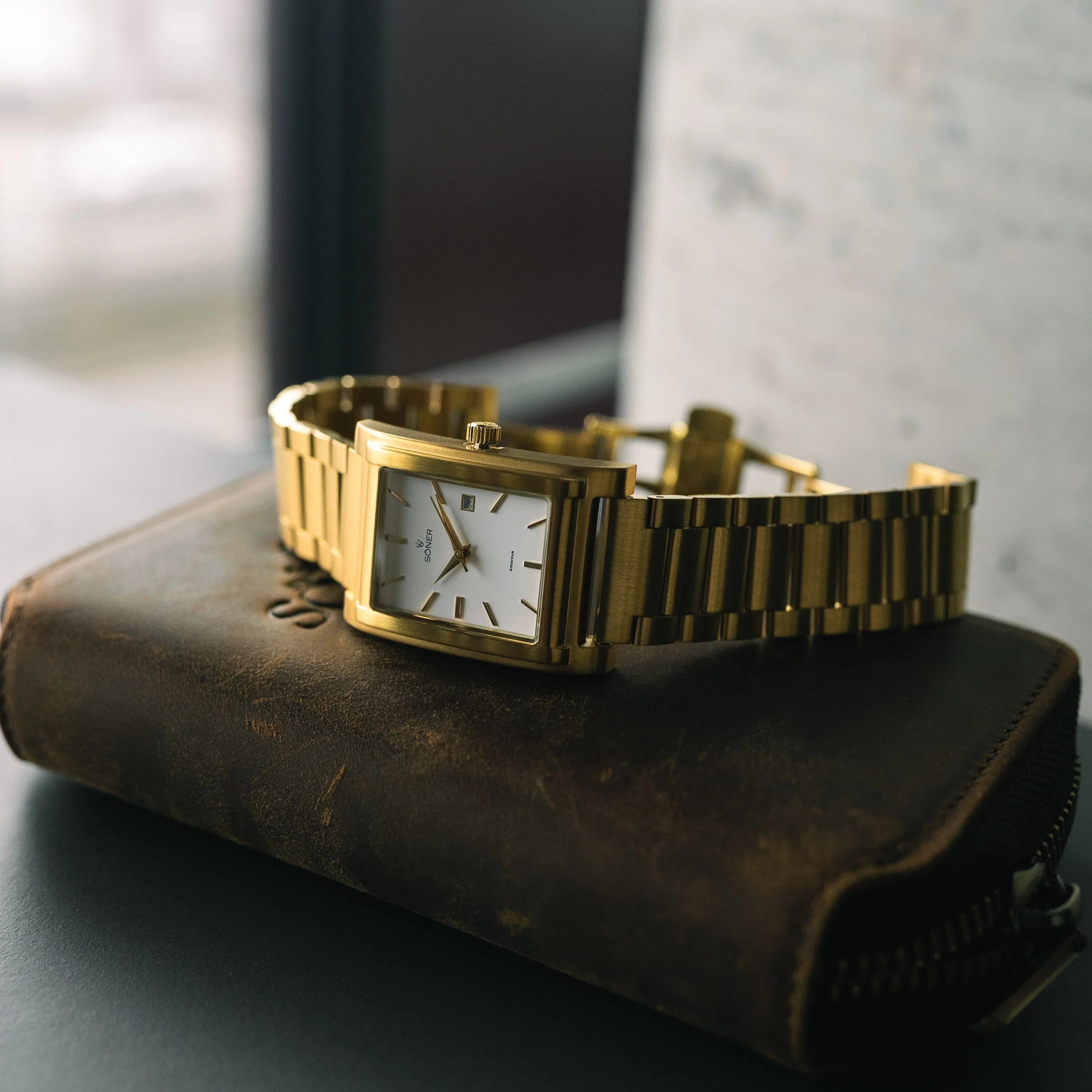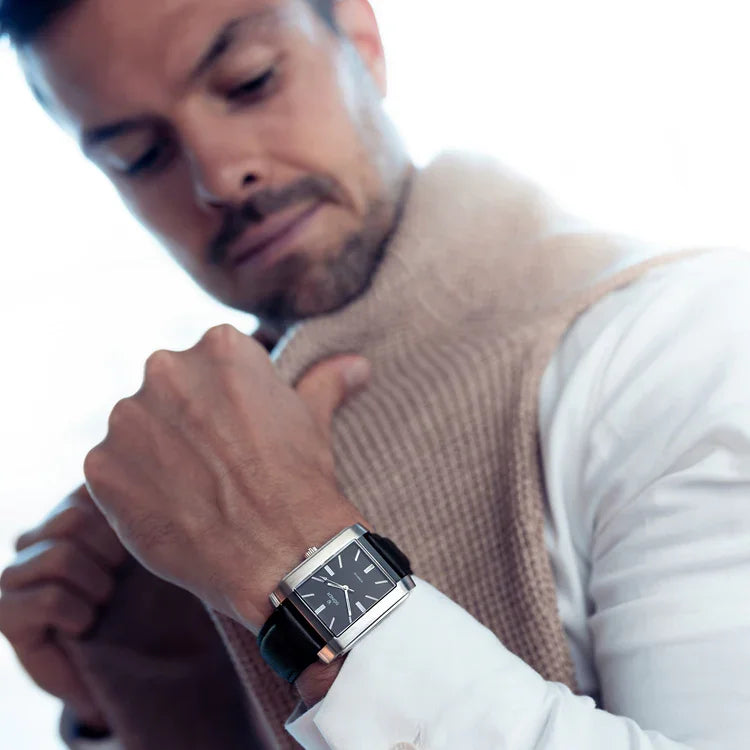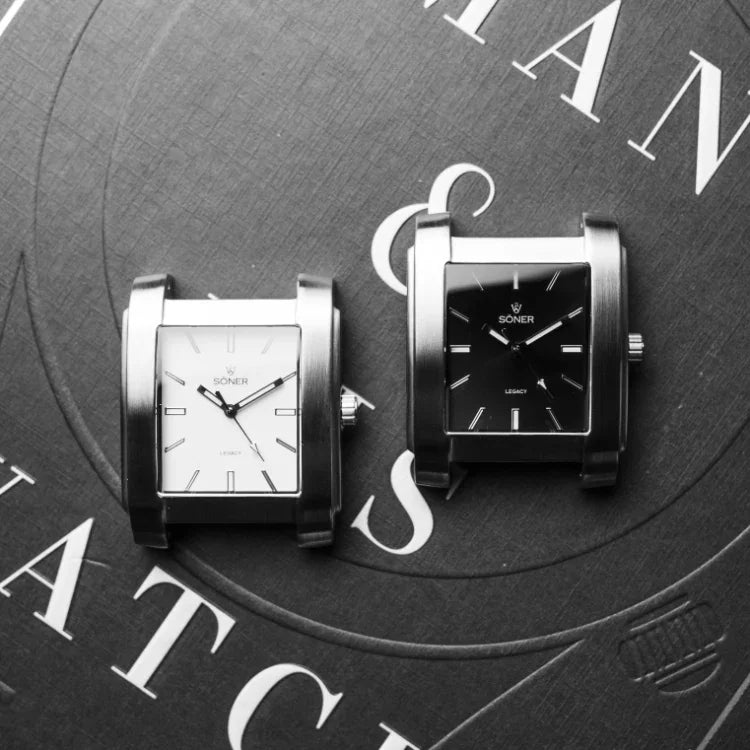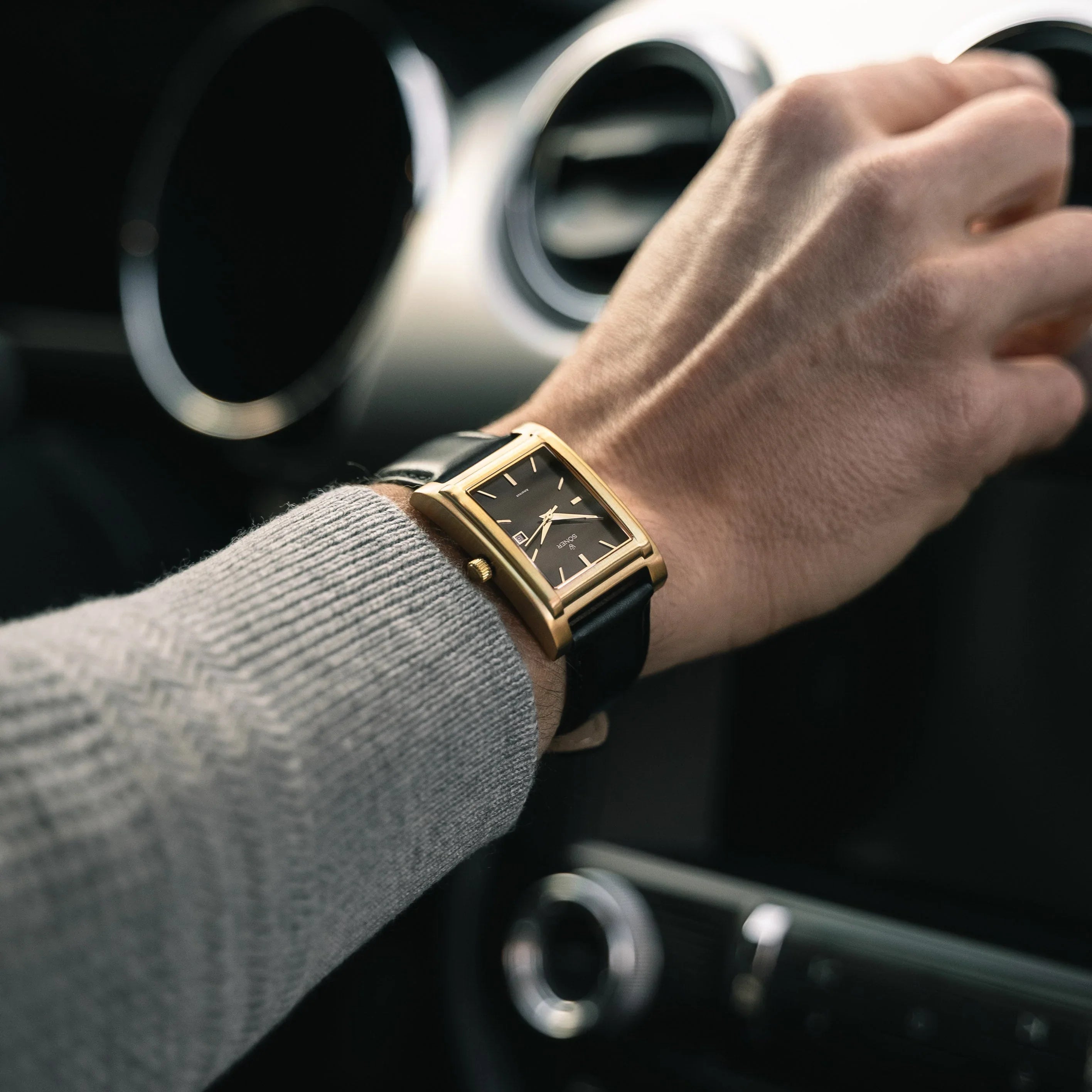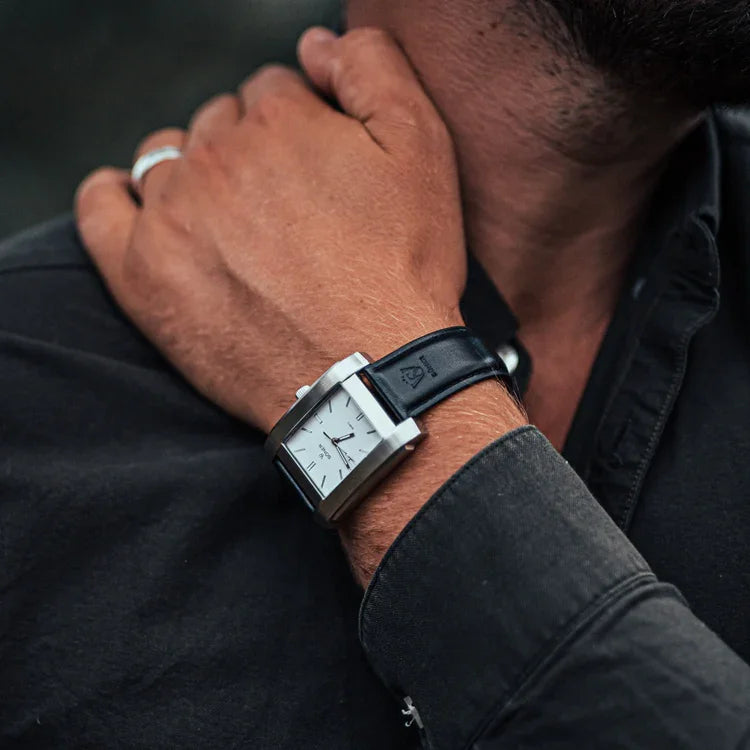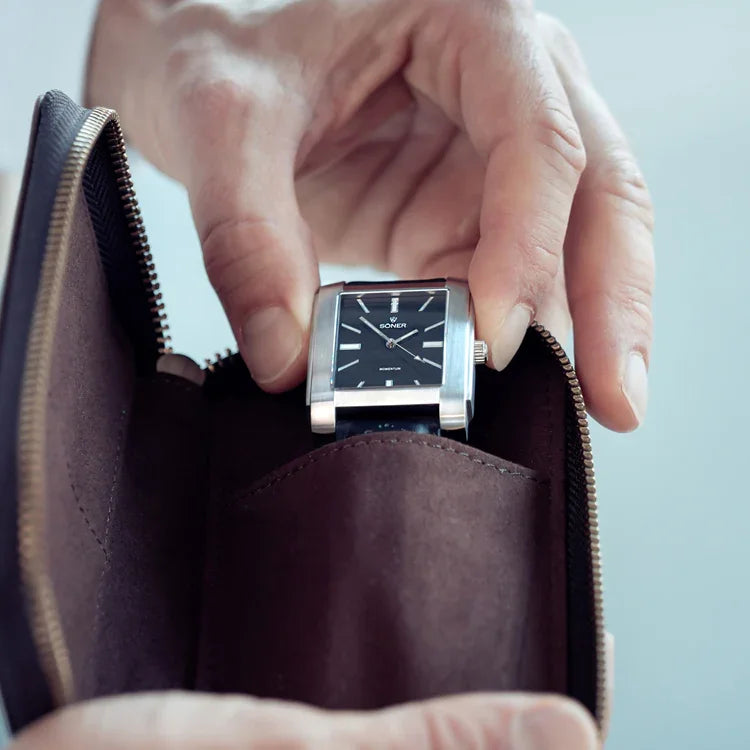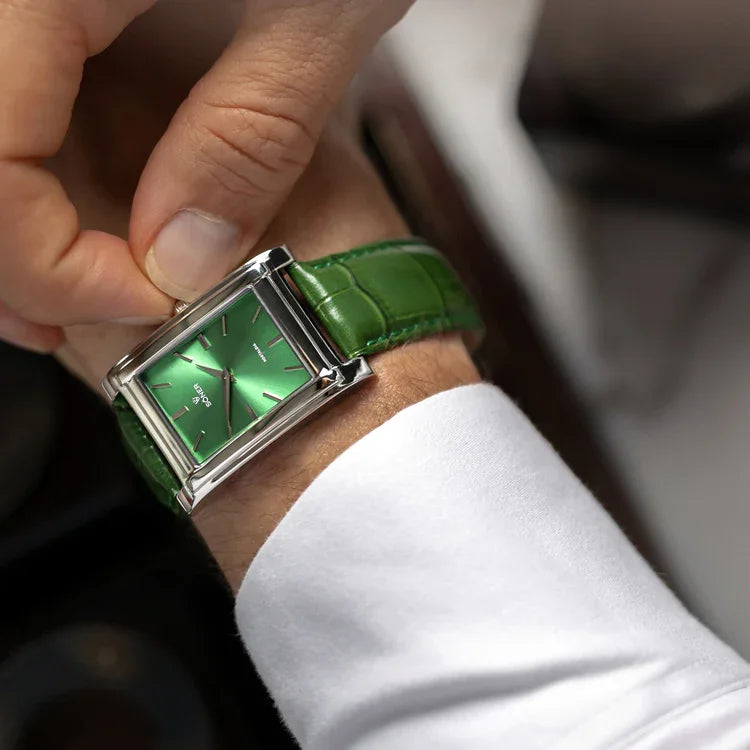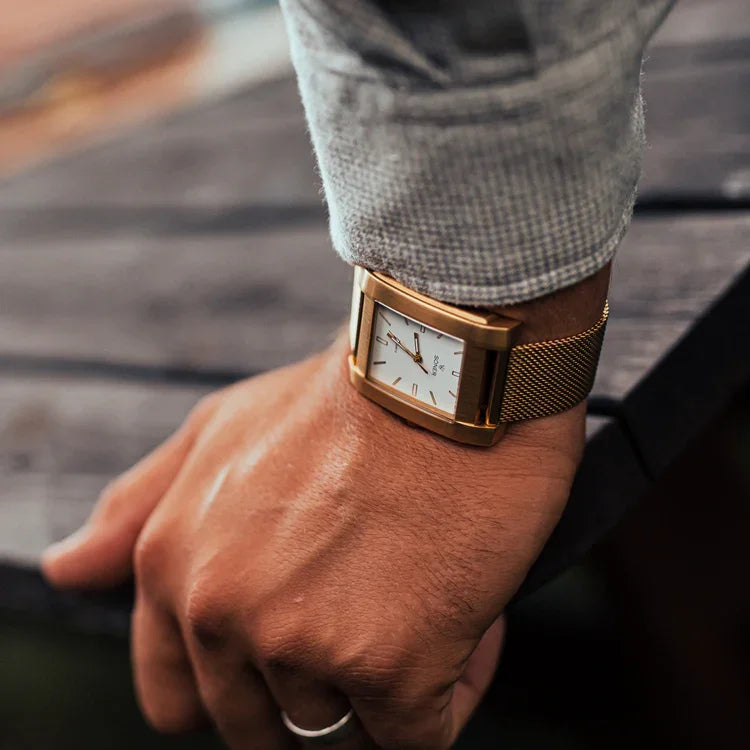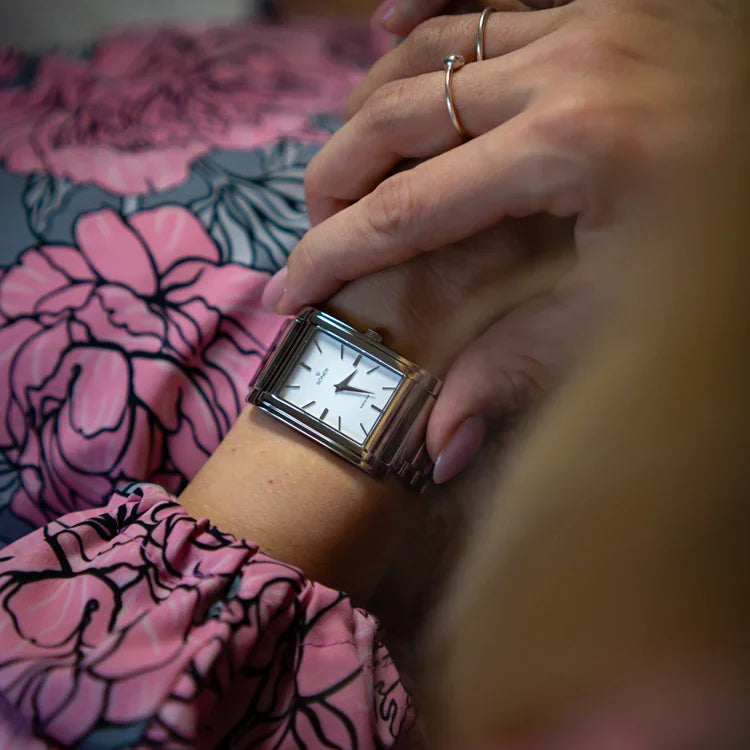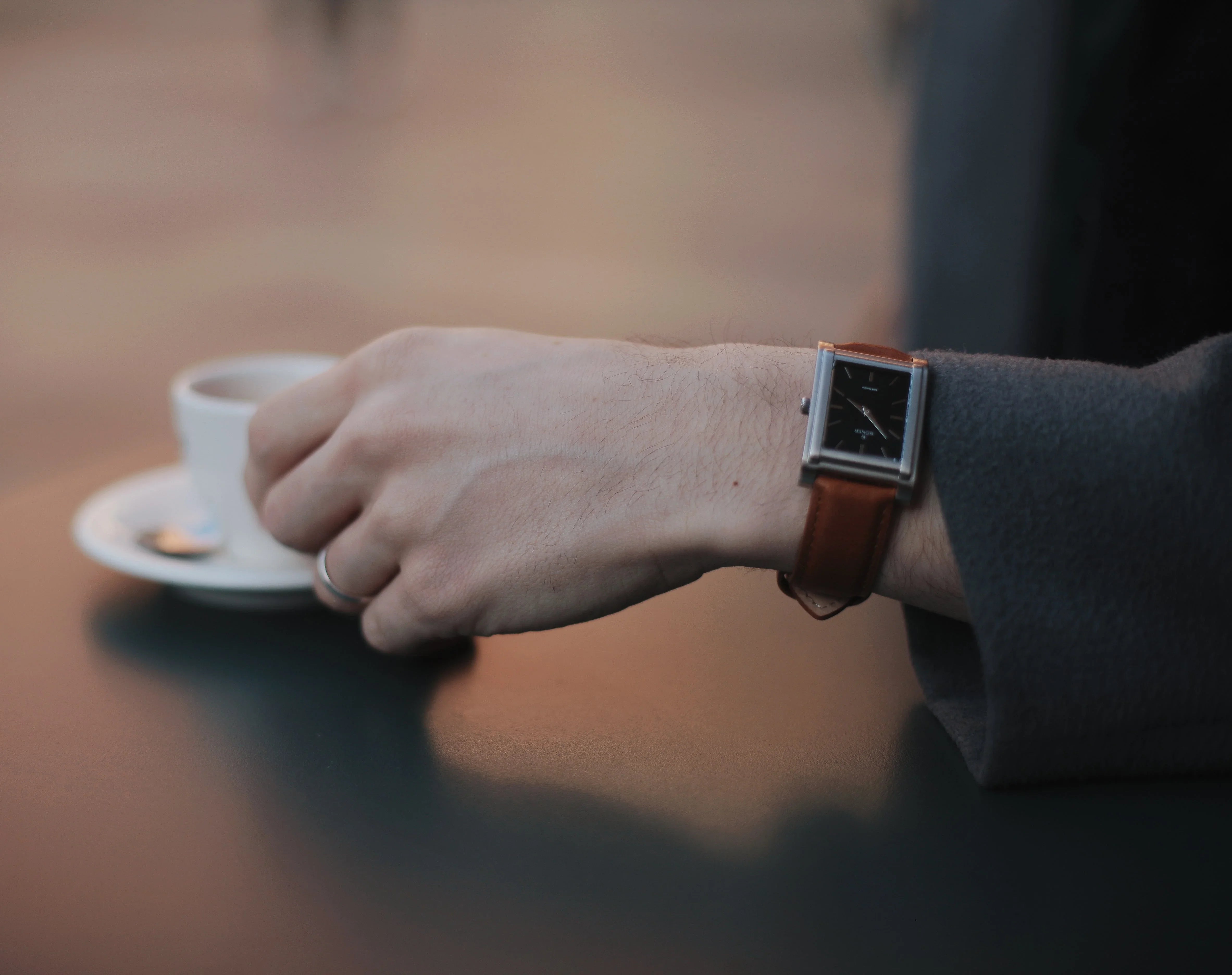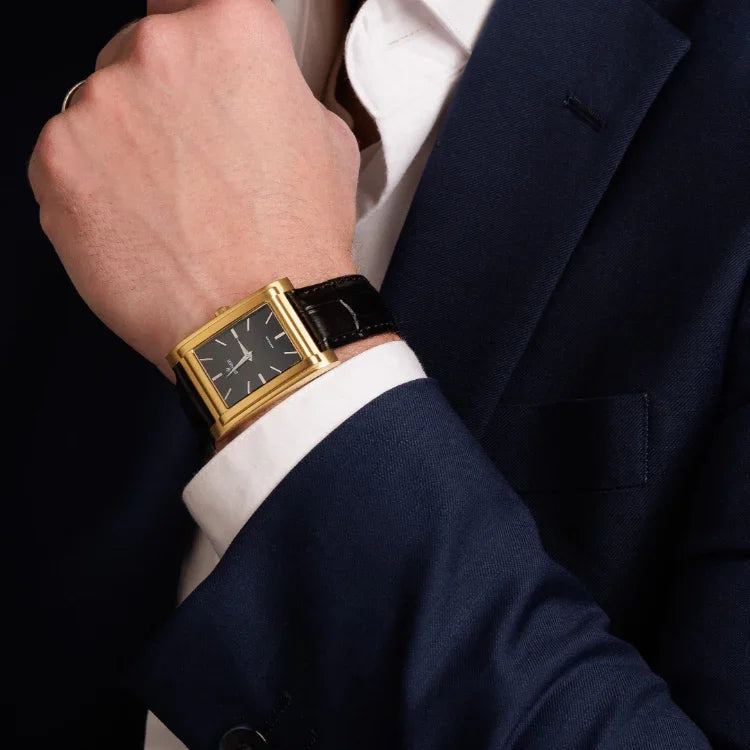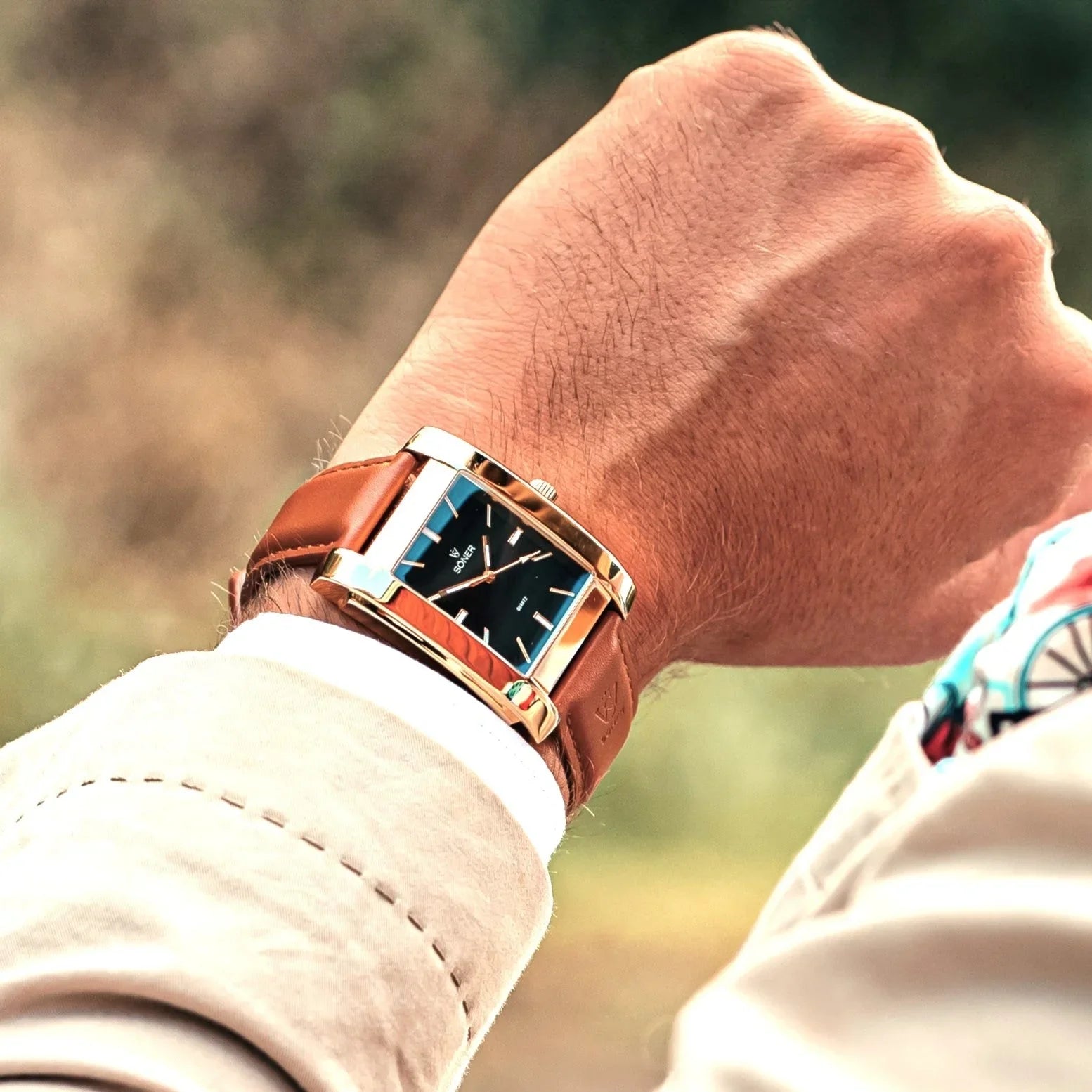Table of Contents
Capítulo uno parte 1:
Los orígenes de la medición del tiempo
Desde el comienzo de la civilización, los humanos han estado intrigados por el tiempo. Desde los ciclos diarios de día y noche hasta las estaciones cambiantes, nuestros antepasados buscaron diferentes métodos para medir el tiempo.
La historia de la medición del tiempo se remonta a civilizaciones antiguas como los sumerios, egipcios y babilonios. Estas primeras culturas utilizaban métodos simples para seguir los movimientos del sol, la luna y las estrellas, para dividir el día en segmentos más pequeños.
Uno de los desarrollos más significativos en la medición del tiempo llegó con la invención del reloj de sol, que sirve como uno de los métodos más antiguos de medición del tiempo conocidos por la humanidad. Originarios del Antiguo Egipto alrededor del 1500 a.C., estos primeros relojes consistían en una simple varilla vertical, conocida como gnomon, que proyectaba una sombra sobre una superficie marcada. Al observar la posición de la sombra, las personas podían determinar la hora del día.
El uso de relojes de sol se extendió por las civilizaciones antiguas, incluidos los griegos y los romanos, quienes refinaron aún más su diseño y aplicación. Matemáticos y astrónomos griegos, como Anaximandro y Aristarco, contribuyeron al desarrollo de relojes de sol más precisos al estudiar el movimiento del sol y su relación con el eje de la Tierra. Los relojes de sol se convirtieron en elementos comunes en plazas públicas, templos y residencias privadas en todo el Imperio Romano, destacando su importancia en la vida diaria.
Los relojes de sol continuaron utilizándose durante la Edad Media en Europa, aunque de manera menos prominente. No obstante, siguieron siendo fundamentales en diversos aspectos de la vida, especialmente en contextos agrícolas y religiosos.
Los relojes de sol se fabricaban con una variedad de materiales, como piedra, metal, madera e incluso papel, y vienen en diversas formas y diseños, incluyendo horizontales, verticales y ecuatoriales, cada uno optimizado para diferentes latitudes y propósitos.
A medida que las civilizaciones avanzaban, también lo hacían los métodos de medición del tiempo. La evidencia más antigua de relojes de agua se remonta al Antiguo Egipto y Mesopotamia alrededor del siglo XVI a.C. Estas primeras clepsidras consistían en un recipiente lleno de agua que goteaba a una velocidad constante a través de un pequeño agujero. El nivel de agua del recipiente, que disminuía gradualmente a medida que goteaba, medía el paso del tiempo. Las clepsidras se usaban para una variedad de propósitos, incluyendo marcar las horas del día y la noche, regular la duración de los discursos en procedimientos legales y determinar el tiempo para rituales religiosos.
Los antiguos griegos desarrollaron aún más la clepsidra, mejorando su diseño y precisión. Se dice que el filósofo y matemático griego Platón inventó un reloj de agua sofisticado llamado la "clepsidra de Platón", que presentaba un sistema intrincado de recipientes interconectados que controlaban el flujo de agua. Esto permitía una medición del tiempo más precisa, permitiendo a los griegos medir intervalos tan cortos como minutos o incluso segundos.

